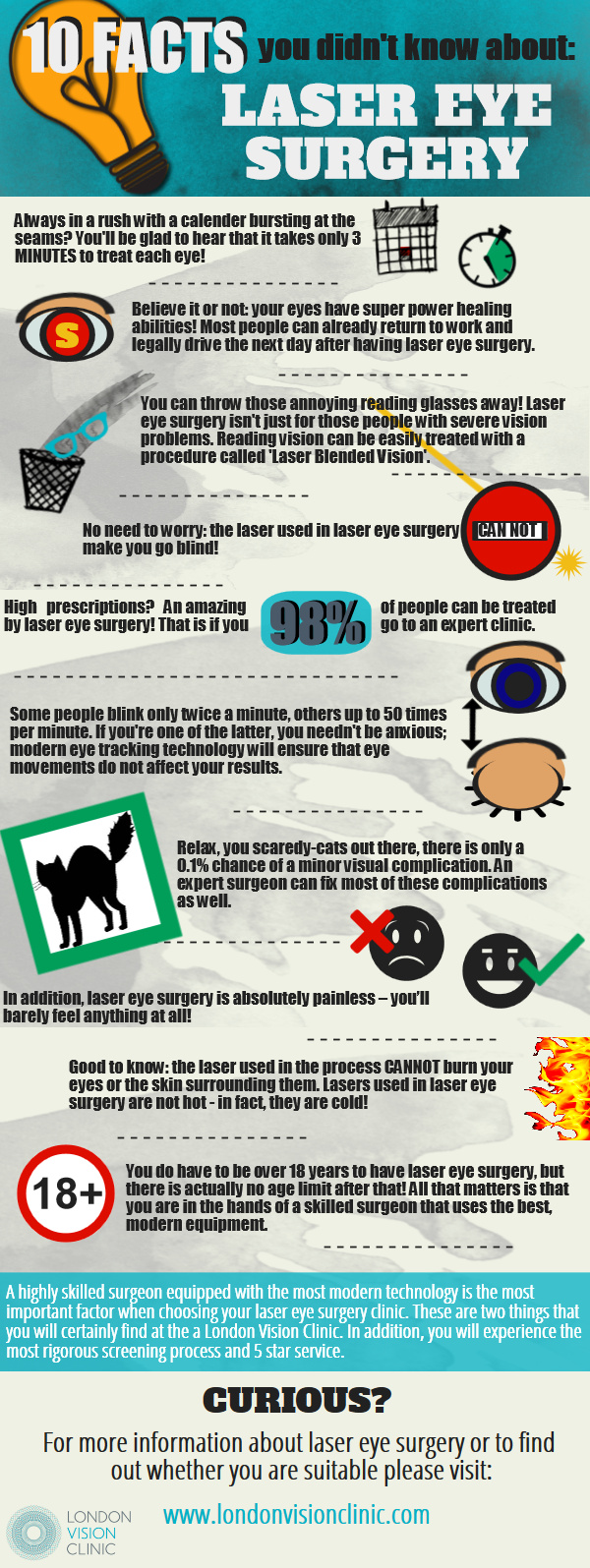Published By-Wright McDonough
As a moms and dad, you might wonder when your kid needs to see a pediatric optometrist. It is essential to acknowledge the indications of prospective vision troubles, like squinting or regular migraines. You'll want to ensure your kid obtains the ideal analyses at vital ages. Recognizing these guidelines can aid you take proactive actions for their visual health. Yet what particular indications should you try to find, and what remedies are readily available?
Common Signs of Vision Issues in Kid
When you notice your child squinting, rubbing their eyes, or having a hard time to focus on remote objects, it might be time to consider their vision health and wellness. Pediatric Eye Specialist Doctors can show underlying problems that require interest.
You could additionally see them avoiding analysis or close-up tasks, often turning their head, or experiencing migraines after college. If https://mgyb.co/s/pRKKX seems conveniently sidetracked or has problem following moving objects, it can signify a vision trouble too.
Additionally, if they usually cover one eye or experience trouble with depth perception, it's vital to act. Being aggressive concerning these symptoms can cause timely interventions, guaranteeing your kid's vision develops appropriately and supporting their discovering and day-to-day activities.
Don't think twice to speak with a pediatric eye doctor if you're concerned.
Age-Specific Guidelines for Eye Tests
Eye tests are critical at numerous phases of your kid's advancement, and knowing when to arrange them can make a large distinction.
For infants, it's recommended to have their very first eye exam at six months. This assists capture any kind of potential issues early.
As your youngster comes close to age 3, an extensive exam is essential to analyze their vision and eye positioning.
Once they start institution, around age 5 or six, ensure they've another test to check for vision changes that can impact discovering.
After that, regular eye examinations every one to two years are typically enough, unless your child has specific problems or threat factors.
Staying proactive with these guidelines helps keep your youngster's visual wellness for a lifetime.
Solutions for Usual Pediatric Vision Issues
Dealing with common pediatric vision issues early can dramatically enhance your youngster's quality of life and learning experience.
If your kid has problem with nearsightedness or farsightedness, restorative glasses or contact lenses can help them see clearly.
For conditions like amblyopia (careless eye), treatments like patching the more powerful eye can improve vision in the weaker one.
If your child has strabismus (crossed eyes), choices like vision therapy or surgery may be needed to straighten the eyes.
Routine eye examinations are important for monitoring these conditions and readjusting treatments as needed.
Encourage healthy eye practices, like limiting screen time and making sure proper lights while analysis.
Verdict
In conclusion, watching on your kid's vision is important. Bear in mind to arrange their first eye test by six months, and follow up at age 3 and about 5 or six. If you see signs like squinting or issues of migraines, don't wait-- seek advice from a pediatric optometrist. Early discovery and customized solutions can make a massive distinction in your youngster's visual health and wellness and overall health. Act now to ensure they see the globe plainly!

